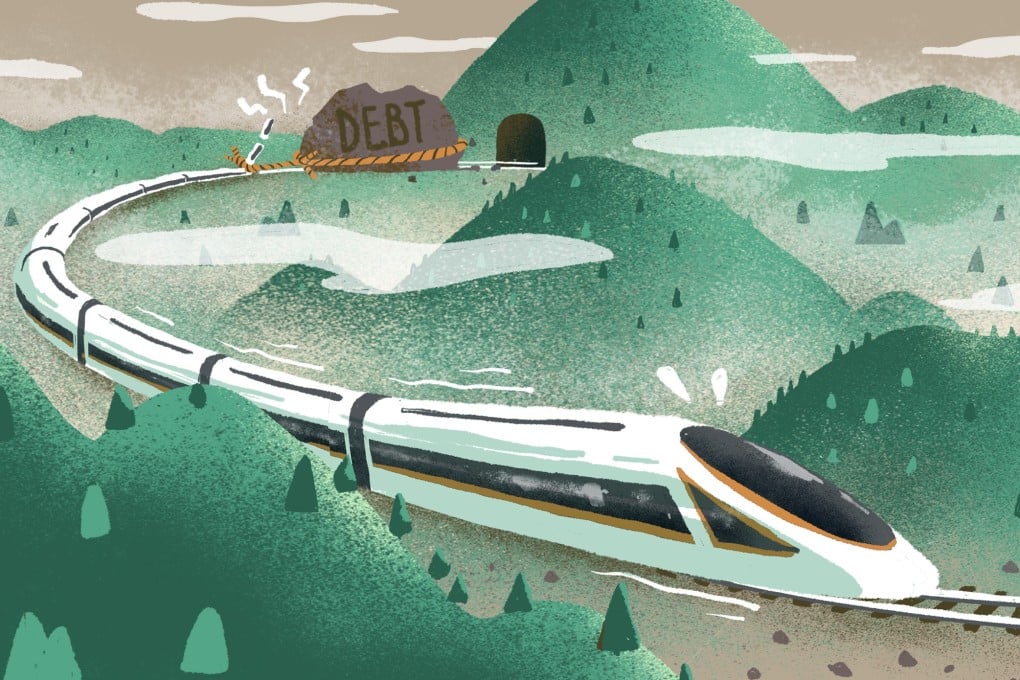China’s high-speed railway network advances full steam ahead, despite ‘grey rhino’ financial risk
- China has expanded its high-speed railway system at a rapid pace over the past decade and at 35,000km it is now the world’s longest
- Despite being a source of national pride for many Chinese, there are lingering questions about its environmental footprint, safety record and financial viability

Despite it being just 200km from Beijing, Wang Dianqi rarely returned to his hometown of Zhangjiakou in the north of Hebei province before this winter.
It often took the academic editor up to five hours to drive the mountainous roads and congested motorways, and even longer if he took the old train system, which travelled along tracks built more than a century ago.
But on a recent morning as he boarded China’s first high-speed “smart” train, which boasts speeds of up to 350km an hour, fully automated driving and a home-grown Beidou navigation system, Wang said he had never felt so close.
“It is much more convenient,” said Wang, who was travelling with his wife to visit a sick relative. “The use of our own [Chinese] technologies also makes us very proud.”
The new service, launched ahead of the 2022 Winter Olympic Games, cuts travel time from China’s capital Beijing to Zhangjiakou, which will host some skiing events, by an hour and costs 90 yuan (US$13) for a one-way trip.
Despite initial fears that passenger numbers would be low, almost all seats were taken the weekend Wang was returning home, with many travellers on their way to go skiing, a popular new pastime among Beijing’s middle class.